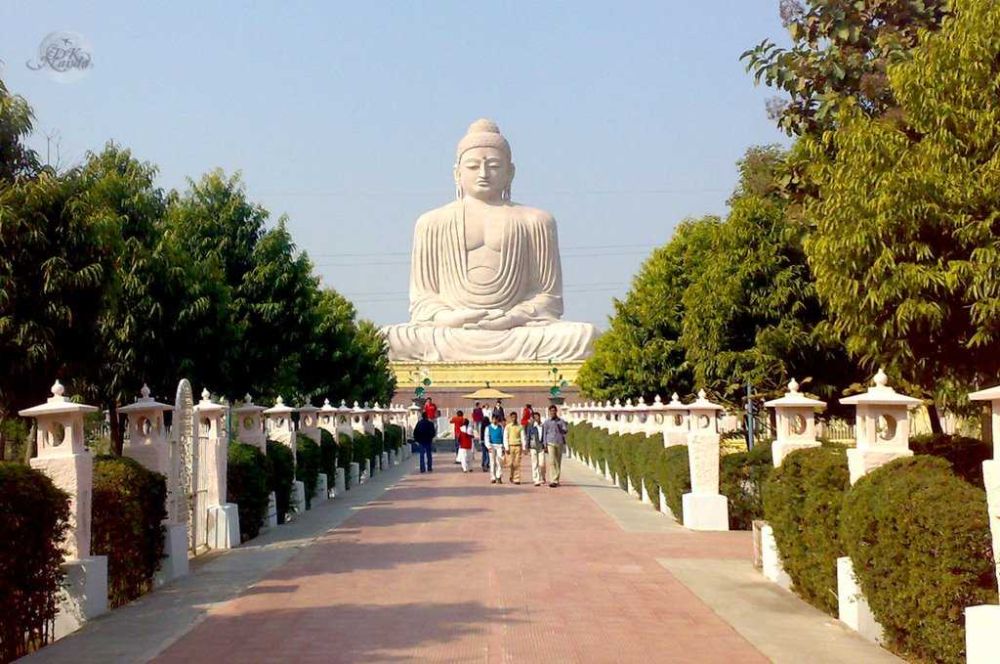

The Great Buddha Statue in Bodh Gaya is one of the most revered pilgrimage sites for Buddhists and a significant landmark in Bihar. Standing at an impressive height of about 80 feet, it's a symbol of peace and serenity that draws visitors from all over the world. Here is a glimpse into the history and tourism significance of this awe-inspiring statue.
Bodh Gaya itself is a small town that gained historical significance due to its association with the life of Lord Buddha. It is said to be the place where Siddhartha Gautama attained enlightenment under the Bodhi Tree, becoming the Buddha. This event is what transformed this small town into an important spiritual center for Buddhists worldwide.
The Great Buddha Statue was conceived by the Buddhist monks of Japan and funded by the Daijokyo sect from Japan. The construction began in 1982 and was completed in 1989. The unveiling was a grand event attended by His Holiness the Dalai Lama, who consecrated the statue by planting the sacred Bodhi Tree behind it. This statue features Buddha seated in the Earth Touching Mudra, symbolizing the moment of enlightenment, and is carved out of sandstone and red granite.
Tourism in Bodh Gaya has been booming ever since the Statue was unveiled, with not just the statue but the entire town, being declared a UNESCO World Heritage site. Pilgrims and tourists alike contribute to the local economy with their need for accommodation, food, and travel services. This influx has led to the development of several hotels, eateries, and souvenir shops around the town.
Recent years have seen a shift in trends with an increase in the popularity of meditation retreats and spiritual tourism. Visitors are looking not only to witness the historical spots but also to seek personal peace and enlightenment. The Mahabodhi Temple complex, which includes the Great Buddha Statue, has adapted to these trends by offering serene environments for meditation and reflection.
To truly appreciate the beauty and tranquility of the Great Buddha Statue, it is recommended to visit during the cooler months of October to March. The site is open to visitors free of charge throughout the year. Tourists can hire a guide to better understand the significance of the statue and the history of Buddhism in Bodh Gaya.
The Great Buddha Statue not only stands as a monument of religious importance but also as a beacon for peace and hope. It continues to influence the growth of Bodh Gaya as a global destination for spiritual seekers and travelers looking to explore the rich cultural heritage of India.